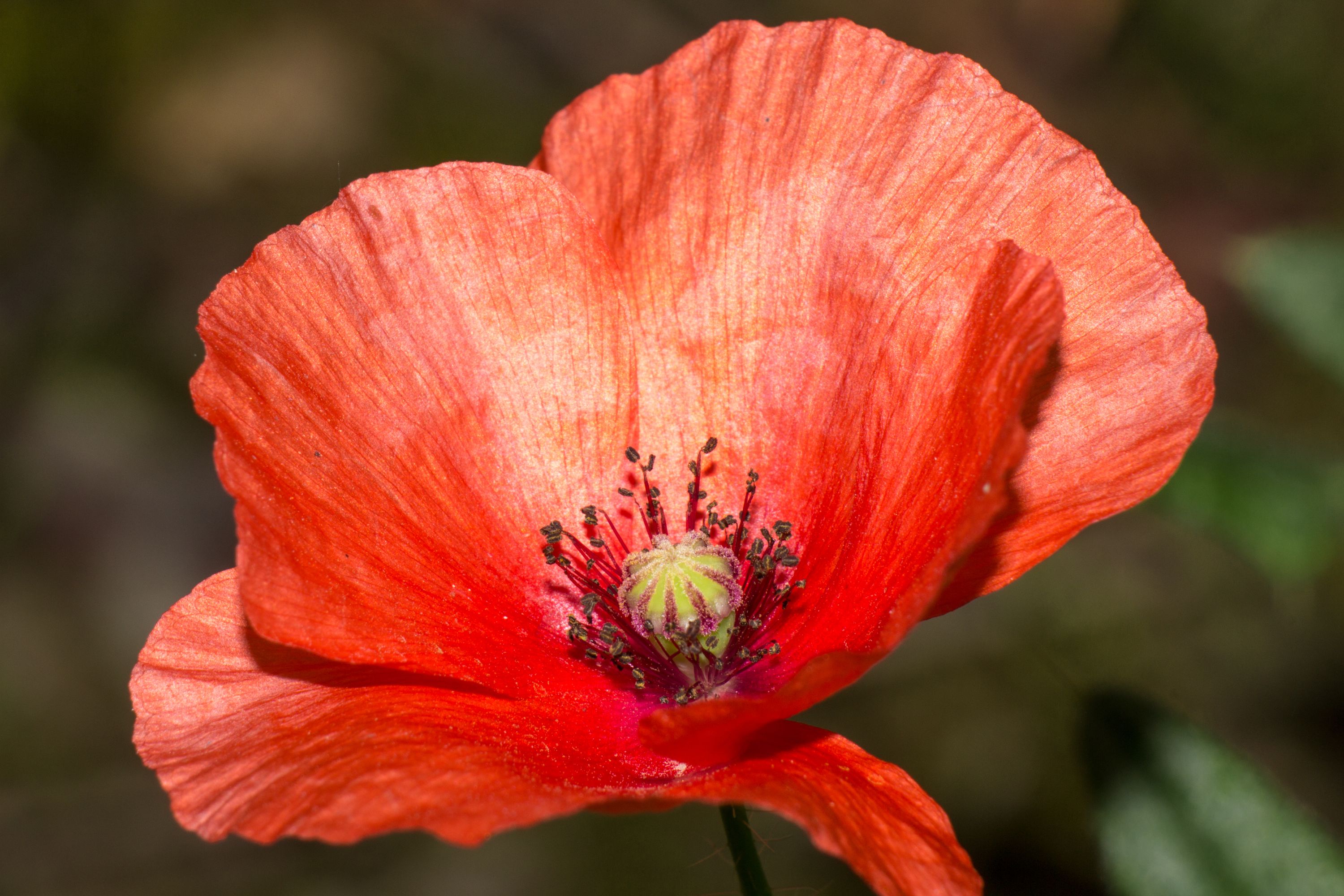Corn poppy
(Papaver rhoeas)

Description
Papaver rhoeas, commonly known as the corn poppy or field poppy, is a flowering plant species belonging to the Papaveraceae family. It is an annual herbaceous plant that grows in various parts of the world, including Europe, Asia, and North Africa. The plant has been widely cultivated for its medicinal properties and as an ornamental plant. In this article, we will delve deeper into the features, growing conditions, and uses of the Papaver rhoeas. Taxonomy and Etymology Papaver rhoeas was first described by Carl Linnaeus in his seminal work, Species Plantarum, in 1753. The genus name, Papaver, is derived from the Latin word for "poppy," while the species name, rhoeas, is derived from the Greek word for "red," in reference to the plant's vibrant flower color. Other common names for the plant include Shirley poppy, Flanders poppy, and red poppy. Description The Papaver rhoeas plant typically grows to a height of 30 to 60 centimeters and has a slender stem. Its leaves are gray-green in color and are deeply lobed. The plant blooms in late spring to early summer, producing large, showy flowers that are typically 5 to 10 centimeters in diameter. The flower has four to six petals that are bright red, although there are varieties with pink, white, or purple flowers. The center of the flower is typically black or dark purple and is surrounded by a ring of stamens. The plant produces fruit capsules that are round and contain numerous small, black seeds. Distribution and Habitat Papaver rhoeas is native to Europe, Asia, and North Africa but has been introduced to many other parts of the world. It is commonly found in fields, meadows, and along roadsides, where it thrives in well-drained, sandy soils. The plant is adapted to full sun and requires moderate water. Cultivation and Propagation Papaver rhoeas is typically grown from seed, which can be sown directly in the garden in the spring or fall. The seeds should be scattered thinly and covered with a thin layer of soil. Germination typically occurs within two weeks, and the plants will begin to bloom in late spring or early summer. The plant prefers well-drained, sandy soils and full sun but can tolerate some shade. It is relatively drought-tolerant and requires only moderate watering. The plant can be grown in containers or as part of a mixed border, and its showy flowers make it an attractive addition to any garden. Uses Papaver rhoeas has a long history of medicinal use and has been used to treat a variety of ailments, including coughs, colds, and insomnia. The plant contains several alkaloids, including morphine and codeine, which have pain-relieving and sedative properties. However, the use of the plant for medicinal purposes is now largely restricted to licensed practitioners. The plant is also widely cultivated as an ornamental plant and is often used in flower arrangements. Its bright, showy flowers make it a popular choice for gardeners, and it has been hybridized to produce a wide range of colors and flower shapes. The Shirley poppy, a variety of Papaver rhoeas with delicate, papery flowers, is a particularly popular ornamental variety. Papaver rhoeas is also known for its cultural significance. In many countries, it is associated with remembrance and is used as a symbol of fallen soldiers. In the United Kingdom, the Royal British Legion sells paper poppies to raise money for veterans, and the flower is also featured in war memorials and commemorative ceremonies.
Taxonomic tree:







